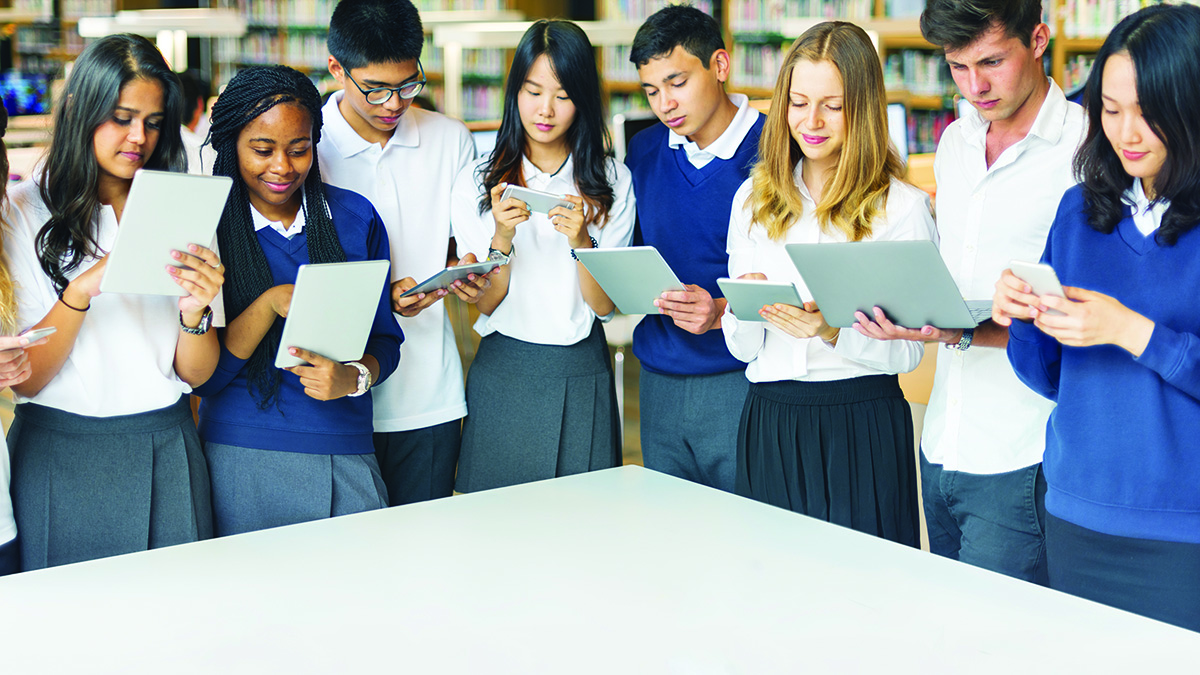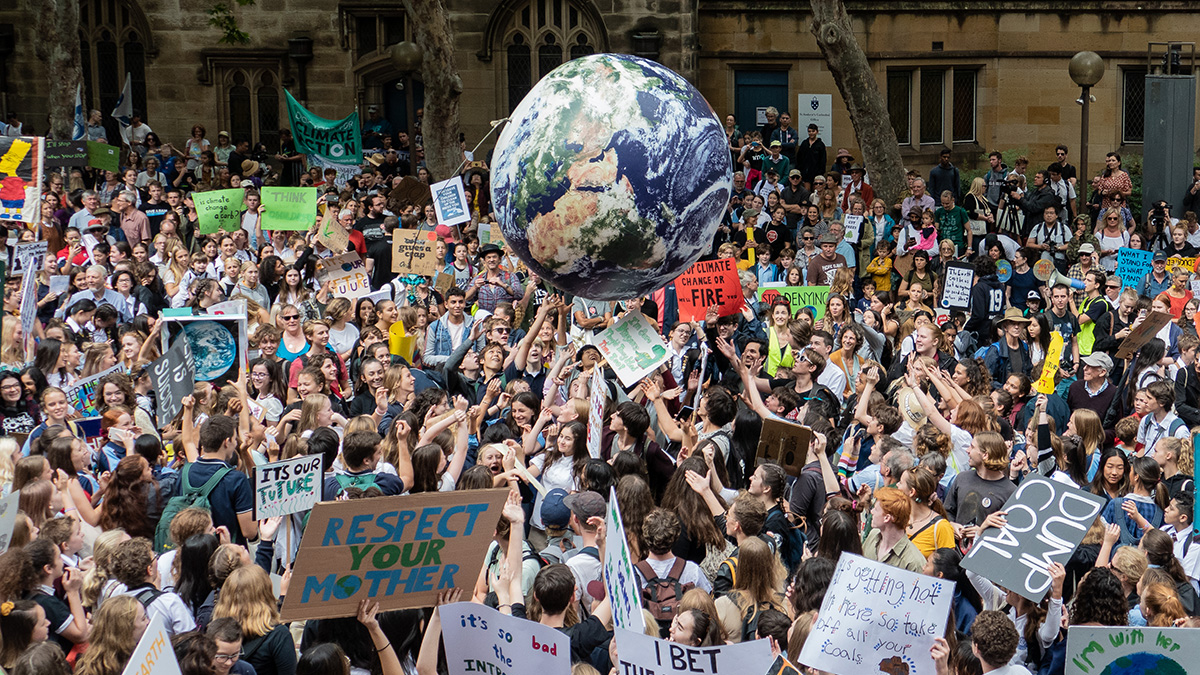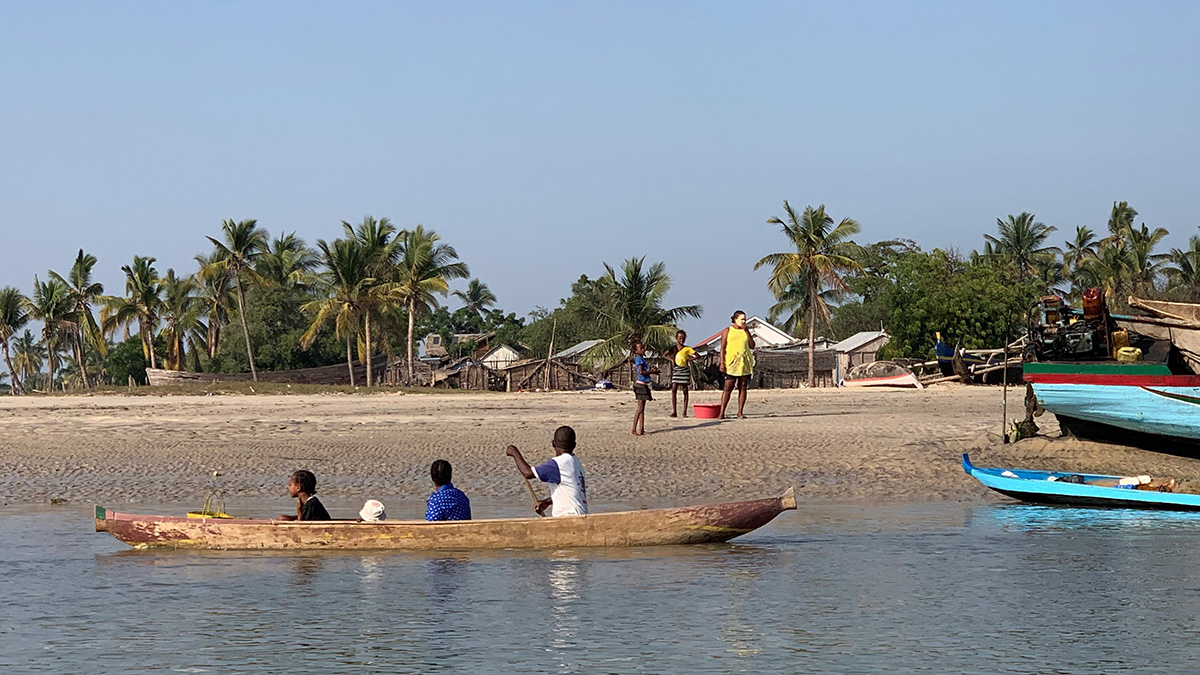Citizen Science
Making a Difference Through Community-Engaged Science
feature
C2AST (Critical and Cultural Approaches to Ambitious Science Teaching)
From Responsive Teaching Toward Developing Culturally and Linguistically Sustaining Science Teaching Practices
The Science Teacher—September/October 2021 (Volume 89, Issue 1)
By Jessica Thompson, Kirsten Mawyer, Heather Johnson, Déana Scipio, and April Luehmann

feature
(W)holistic Science Pedagogy
Teaching for Justice
Connected Science Learning September-October 2021 (Volume 3, Issue 5)
By Alexis Patterson Williams and Salina Gray

feature
(W)holistic Science Pedagogy
Teaching for Justice
The Science Teacher—September/October 2021 (Volume 89, Issue 1)
By Alexis Patterson Williams and Salina Gray

feature
Promoting Biodiversity Through Urban Greenspaces
Designing, evaluating, and refining a solution for reducing human impact on the environment and biodiversity by applying in- and out-of-school science learning
feature
Science and Cooking
A fun approach to learning during teaching
The Science Teacher—September/October 2021 (Volume 89, Issue 1)
By Virginie Monnier and Magali Phaner-Goutorbe

feature
Gender-Inclusive Biology: A framework in action
Practical Strategies for Teaching About Gender, Sex, and Sexuality in Biology
The Science Teacher—September/October 2021 (Volume 89, Issue 1)
By Sam Long, Lewis Steller, and River Suh

feature
Climate Justice: Science for a Better World
Opening eyes to the unequal burden of our changing climate
resource rendezvous
Teaching the Periodic Table
The Science Teacher—September/October 2021 (Volume 89, Issue 1)
By Holly Amerman
Focus on Physics
Identifying Forces
The Science Teacher—September/October 2021 (Volume 89, Issue 1)
By Paul G. Hewitt




